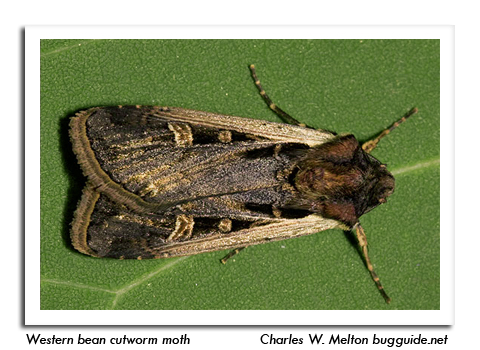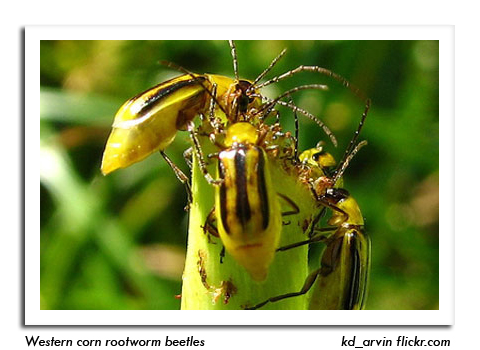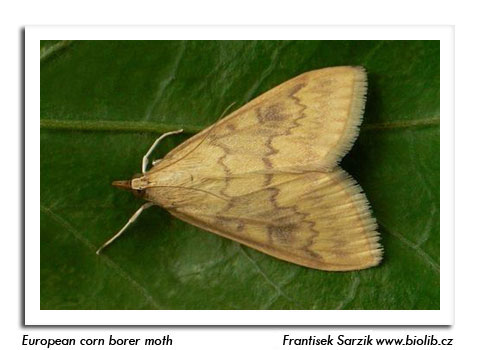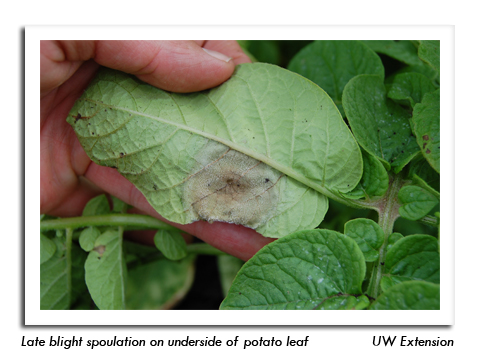
 |
|
|
Looking Ahead
Volume 58 Number 15 Date 08/15/2013 WESTERN BEAN CUTWORM - The annual flight is now 75-100% complete across nearly all of the state. As of August 14, the cumulative count was 584 moths in 116 traps, or five per trap. This figure is substantially lower than the 3,290 moths collected in 132 traps (25 per trap) by the same time last year. A few moths may continue to appear in the east-central and northern areas for another week or two, but the flight has effectively ended over southern Wisconsin. CORN EARWORM - Large flights of 260 moths were registered in Dane and Fond du Lac counties again this week. The risk of egg laying is likely to continue through late August, so regular scouting and control measures are still in order. Sweet corn is susceptible to infestation as long as green silks are present. CORN ROOTWORM - The August beetle survey is now in progress and the results collected over the next two weeks are expected to reveal any significant changes in the state beetle population. Surveys conducted in the southwest, south-central and southeast districts found counts of 0-8.0 beetles per plant, with an average of 0.7 per plant. Economic populations of 0.75 or more beetles per plant were documented in 21 of 101 fields sampled. Preliminary results show a very minor decrease in beetle populations in southern Wisconsin. EUROPEAN CORN BORER - Moth collections have increased at a few black light trap locations since the last report, with a weekly high count of 60 moths reported near Chippewa Falls. The phenology model for this pest suggests that the peak of summer moth activity has occurred in the southwest, south-central and west-central areas of the state. Susceptible corn fields should be inspected for egg masses and larvae before 2,100 degree days (base 50°F) are surpassed and the treatment window for second generation corn borers has closed. LATE BLIGHT - Potato fields infected with late blight have been found in Adams, Brown, Dunn, Juneau, Langlade, Portage and Waushara counties as of August 15. Three cases of the disease on tomato have also been confirmed in Brown, Racine and Sauk counties. Potato growers should continue to treat potatoes on a 5- to 7-day schedule as long as the forecasting system indicates weather conditions are conducive for late blight development. Home gardeners are advised to inspect plants on a daily basis for leaf lesions and fruit spots. If late blight is suspected and symptoms are widespread, plants should be destroyed to limit further spore production. -- Krista Hamilton, DATCP Entomologist 
.jpg)




|
|
|